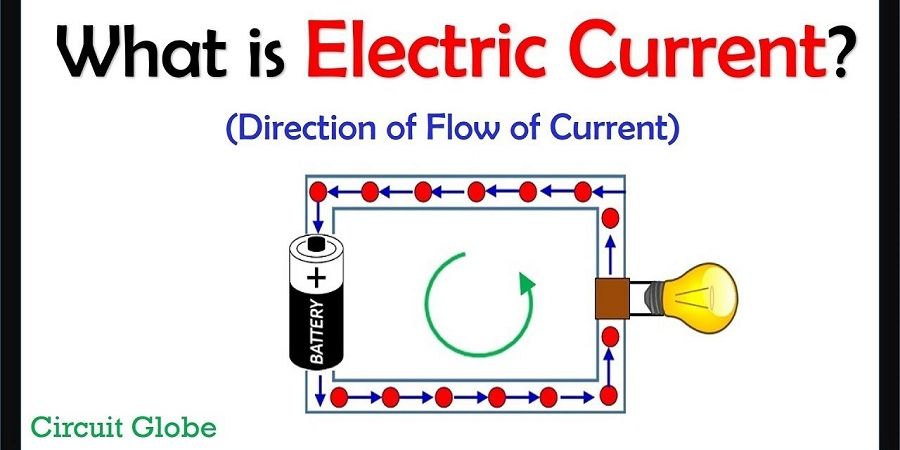

Electrons in the other orbits of an atom are attracted to the nucleus by less force than electrons whose orbits are near the nucleus. these outer electrons may be easily forced from their orbits, while electrons in the inner orbits are called "bound" electrons since they cannot be forced out of their orbits.
Atoms and molecules in materials are in continuous random motion, the amount of this motion determine by the material, temperature, and pressure. this random motion is caused by electrons in the outer rings being free from their orbits, becoming free electrons. free electrons are attracted to other atoms to another atom that have lost electrons, resulting in a continuous passage of electrons from atom to atom within the materials.
All electrical effects make us of the free electron force out of the outer orbits. the atom itself is not affected by the loss of electrons, expert that it becomes positively charged and capture free electron for replacing these it is the loss. the random movement of the free electrons from atom to atom is normally equal in all directions so that electrons are not lose or gained by any particular part of the materials.
When most of the movements of the electrons take place in the same direction so that one part of the materials lose while other parts gain electrons, the net electron movement flow is called current flow. electrons, suppose you examine more closely what happens inside materials when an electron current being to flow. you learn in section second topic one that an atom is made up of a number of neutrons, protons, and electrons.
The protons have a positive charge and the electrons have negatively charged the neutrons have no charge at all. the nucleus of the atoms is made of neutrons and protons and has a positive charge equal to the number of protons. under normal conditions, the number of electrons traveling around the nucleus equals the number of protons in the nuclous and the entire atom has no charge at all.
If an atom loses se4everals of its free electrons, it then has a positive charge since there are more protons of electrons. from your work in a section second, you know that like charge repel each other and unlike charge are attract. about each negative or positive charge, unseen line of force radiate it all directions and the all-area occupied by line is called an “electric field”. thus if moving electrons come close to another electron, the second electron will be pushed without the two electrons will connect each other.




